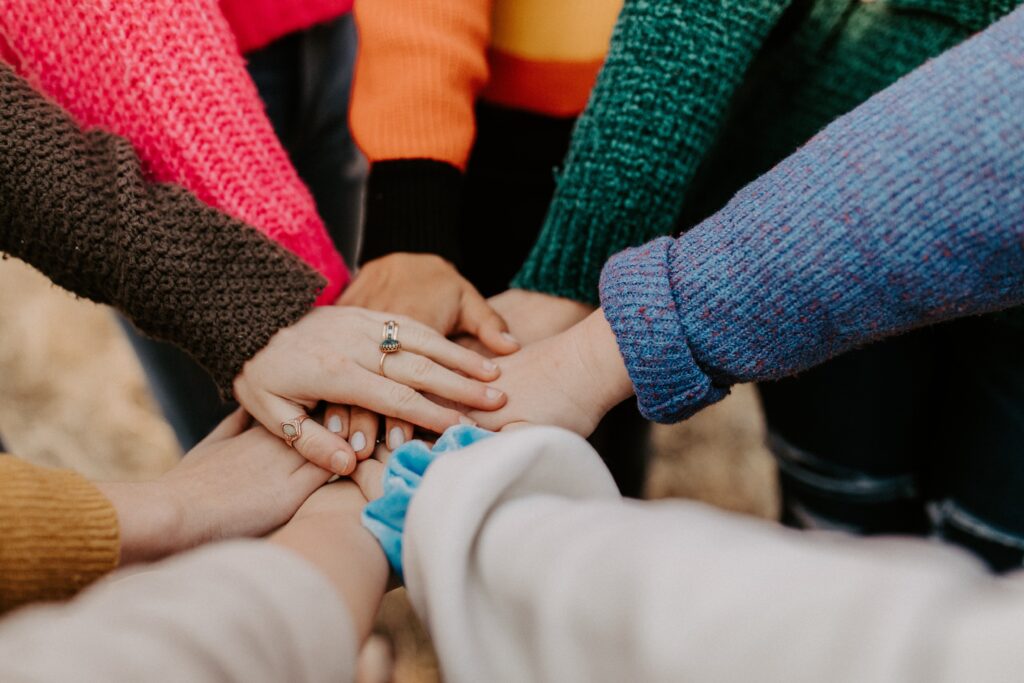Best from both worlds – enhancing energy transition in Russia and Finland by making resource flows visible


Within the FLOWISION consortium we focus on the visibility of fossil and renewable energy, and waste as they traverse through society in Russia and Finland. By unfolding how these resource flows are made (in)visible in these contexts we open avenues to understand how they are part of the political. Visibility and visualization of resource flows, or the lack of it, tells us about how these commodities are being (de)politicized, and how they are being imagined as part of climate mitigation policies and practices and the broader environmental agenda.
This knowledge makes it possible to promote environmentally friendly practices in the societally very different contexts of Russia and Finland. More, we pursue to learn from both contexts – look for the best narratives and practices – to come up with advice how to speed up the transition to a carbon neutral world beyond Russia and Finland. We study (de)visualization and (de)politicization of resource flows by looking how the materialities (e.g. infrastructures) entangled and discourses associated with these resources are utilized to build societally and politically desired assemblages.
We head to understand these energy and waste assemblages via three realms: the energy sector, civic activism, and the media.
Work packages
Energy sector
How major state-run and private energy companies make flows of energy (in)visible in their strategic documents, Corporate Social Responsibility (CSR) practices, and commercials?
Civil society
How the visibility of energy and waste flows is intertwined with normative knowledge, awareness and attitudes of civil society actors regarding environmental risks?
Media and journalism
How the mediatized knowledge on fossil and renewable energy and waste is produced and distributed and how algorithms and artificial intelligence-driven tools in media influence the visibility of energy and waste-related knowledge?
Serving climate action
How to learn from our knowledge about resource assemblages; (de)visualization and (de)politicization of energy and waste flows in order to enhance climate awareness and promote best practices with the help of co-creation with artists and journalists?
Societal outreach
The project seeks to enhance the energy transition by unfolding the (un)visible flows for a wide audience by popularising the research via different tools such newsletters, policy briefs, workshops, art exhibition and social media communication.




